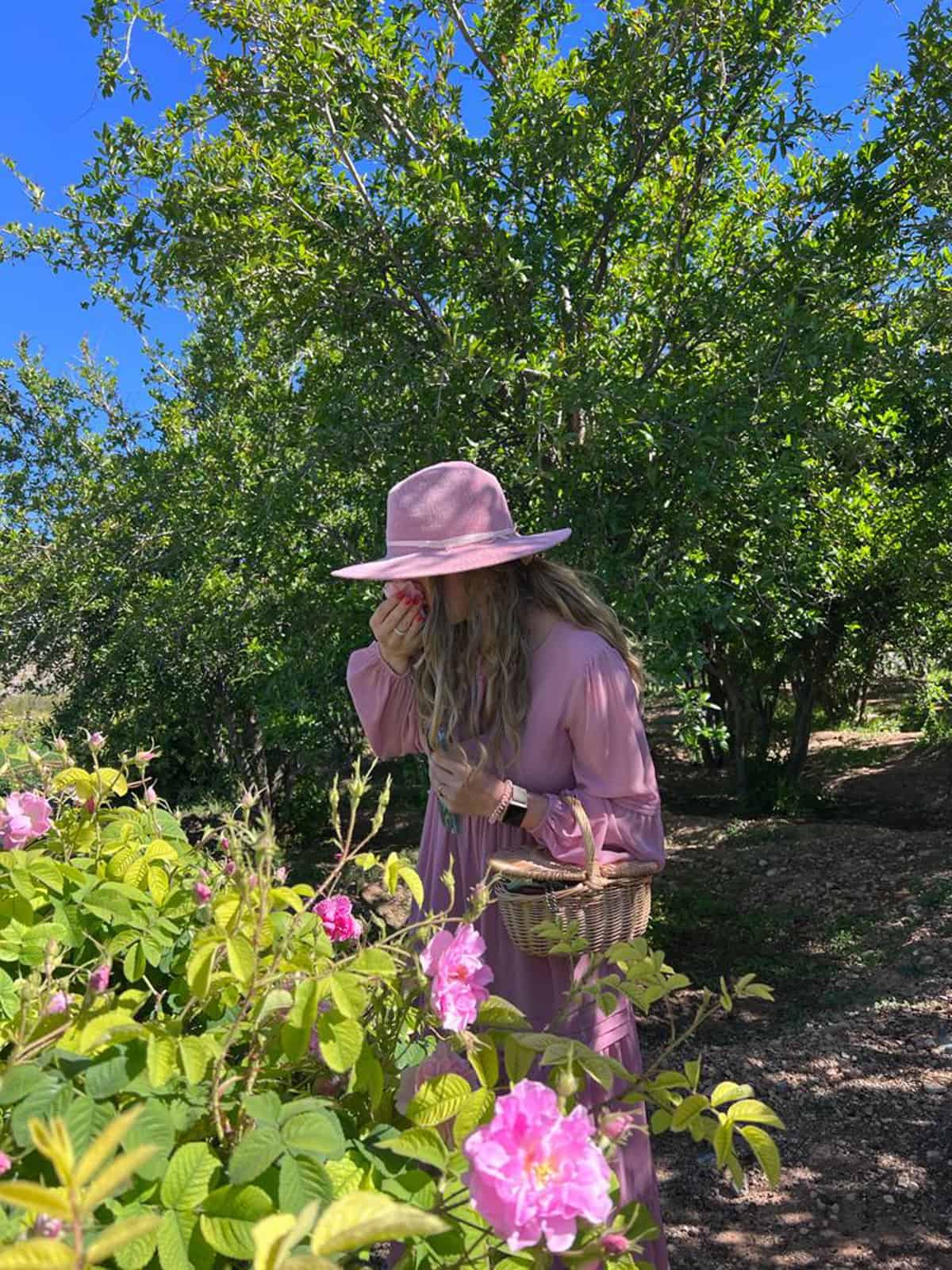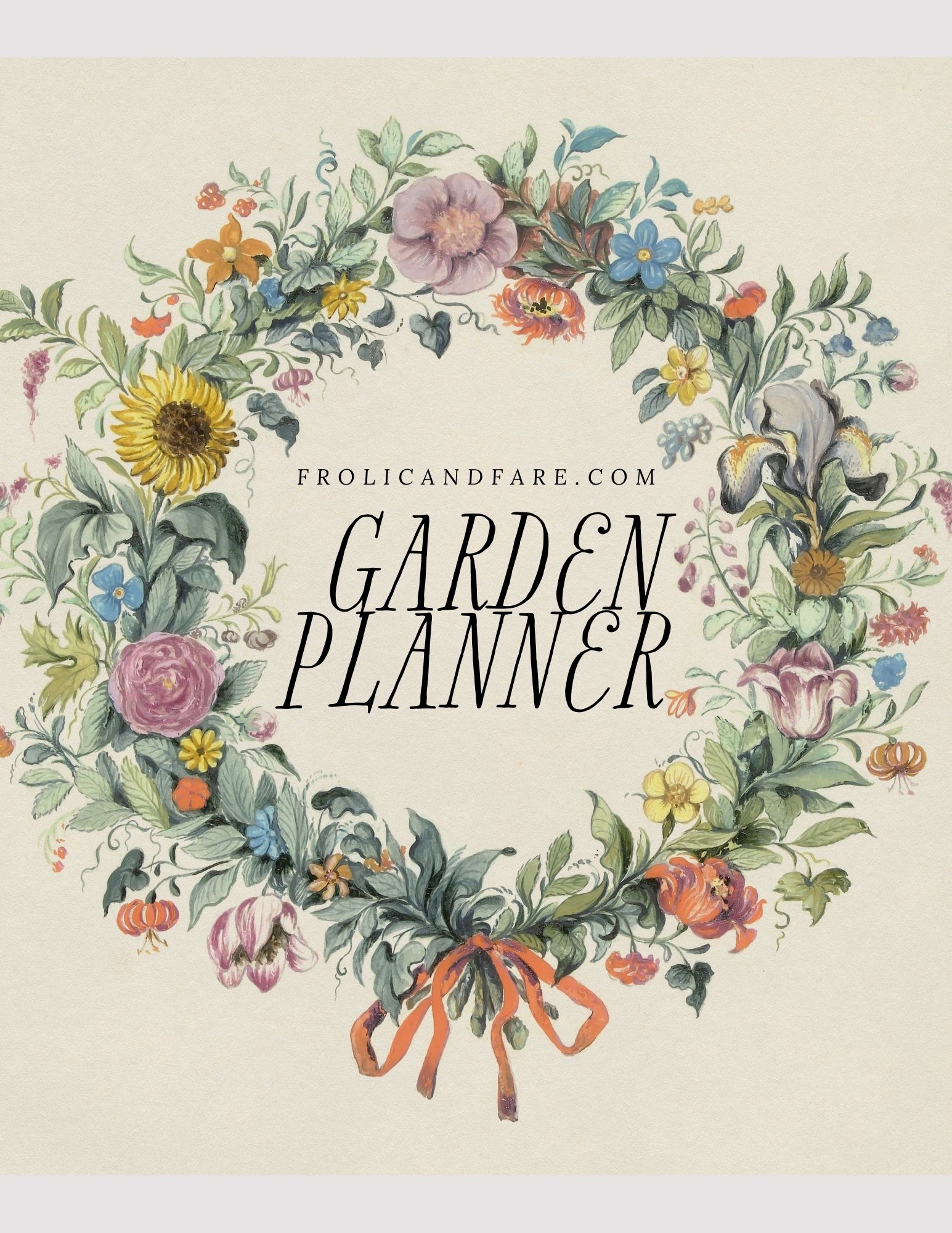A botanical blog by artist Sarah Buckley
Specializing in gourmet recipes from the garden, woven with wild foods and edible flowers.
Flowers are more than just stunning eye candy; they're bursting with stories and hidden meanings. We'll unlock the fascinating world of flower symbolism, revealing the deep cultural significance behind each petal. Frolic and fare is your source to sprout your knowledge with the help of our beautiful blooming recipes and guides.


Featured In
About Frolic & Fare
Frolic & Fare is a garden, food & lifestyle blog created by artist Sarah Buckley. Here, Sarah blends her passions for:
- Food Photography: Food becomes art. Be captivated, then consume. Work with Sarah.
- Gardening & Foraging: Join me on a wild harvest, unearthing nature's hidden gems. Let your basket overflow with sunshine-kissed berries, foraged flowers, and fragrant herbs. This is a culinary adventure waiting to be savored.
- Preserving Ephemeral Beauty: Let us capture the fleeting magic of wild foods, transforming them into syrups, sauces, and vinegar that infuse your culinary creations with unexpected delights.
- Edible Alchemy: Forget ordinary meals. At Frolic & Fare, every recipe is an opportunity to weave floral narratives, transforming simple ingredients into food fit for the gods. From the peppery zing of nasturtiums to the delicate sweetness of violas.


Find edible flowers
Sourcing edible flower petals doesn't have to be confusing or difficult! As a floral baker and self proclaimed flowervore I want to share where we get safe edible flower petals for cookies and cake decorating. From a savory edible flower salad to cake decorating, sourcing flowers is easy - but we'll share how we find flowers to buy safe for human consumption to add a beautiful garnish or fresh flavor safely. Adding florals to our desserts is how we add the beauty of garden flowers effortlessly, the perfect personal touch. Find out everything you need to know about locating food safe flowers.


About Sarah
Forever chasing the light & collecting experiences like wildflowers. Sarah's art isn't just visual. It's a feast for all senses, a celebration of nature's bounty. She crafts edible flower foods and shares the magic of wild herbs. Each bite a poem to the earth.


Edible Flowers
Picture vibrant petals adorning cakes, infusing cocktails with delicate whispers, and transforming salads into edible art. Welcome to Frolic & Fare where the line between garden and food deliciously blurs.


Grab a copy of my
Garden Planner
This planner serves as a beautiful guide for planning a successful garden of any type! Why not plan a "Edible Flower" garden this year?
Garden to table drinks
Every sip is an exploration of nature's bounty, a celebration of the journey from garden to table.
Candy making
Let's conjure confections that dance with history and magic.





















